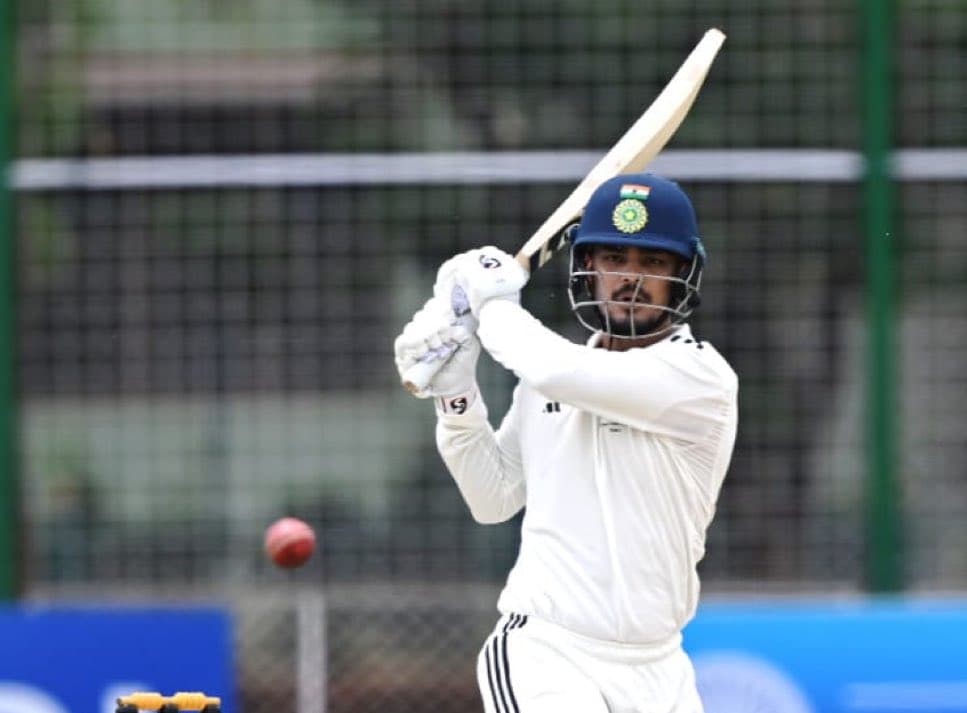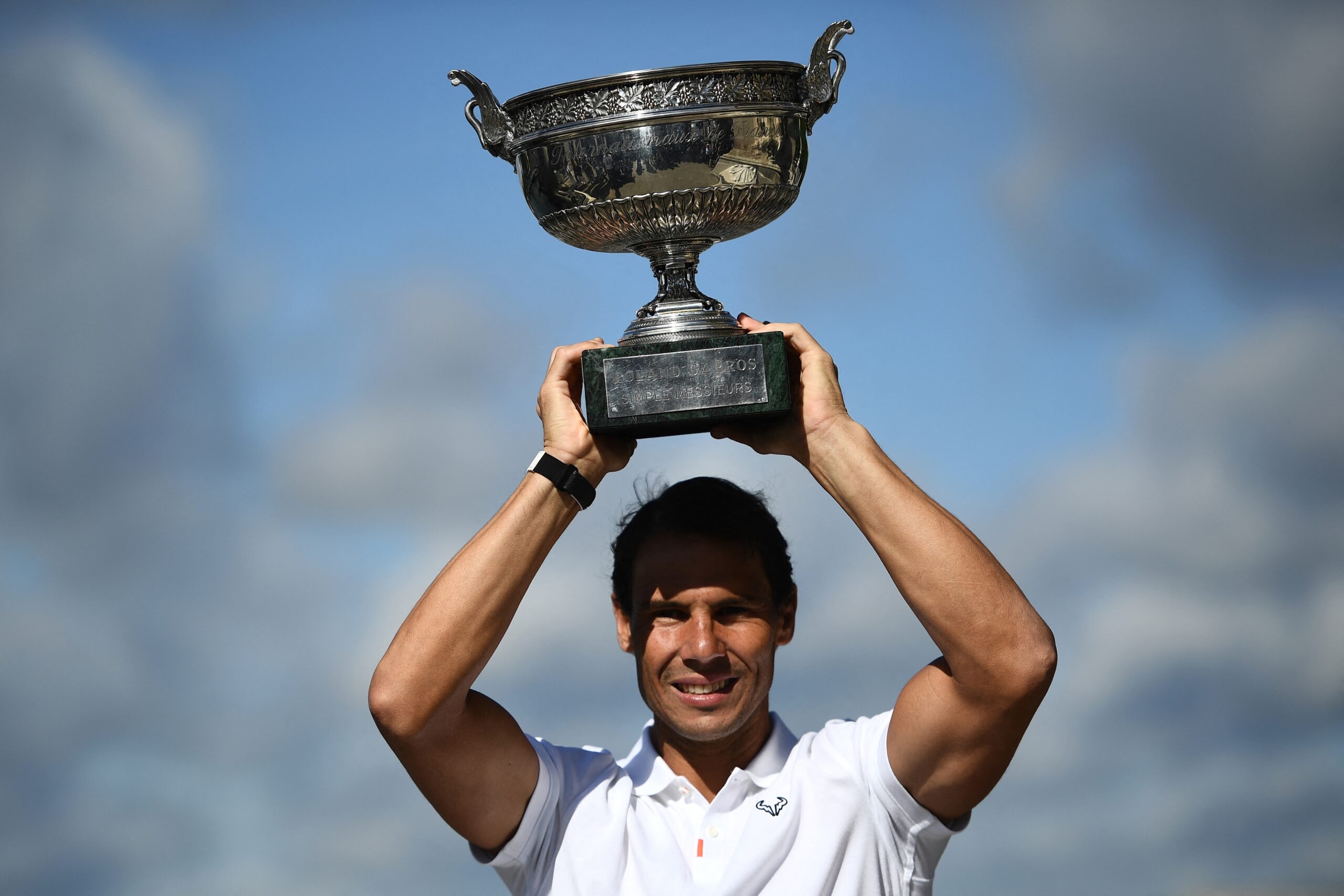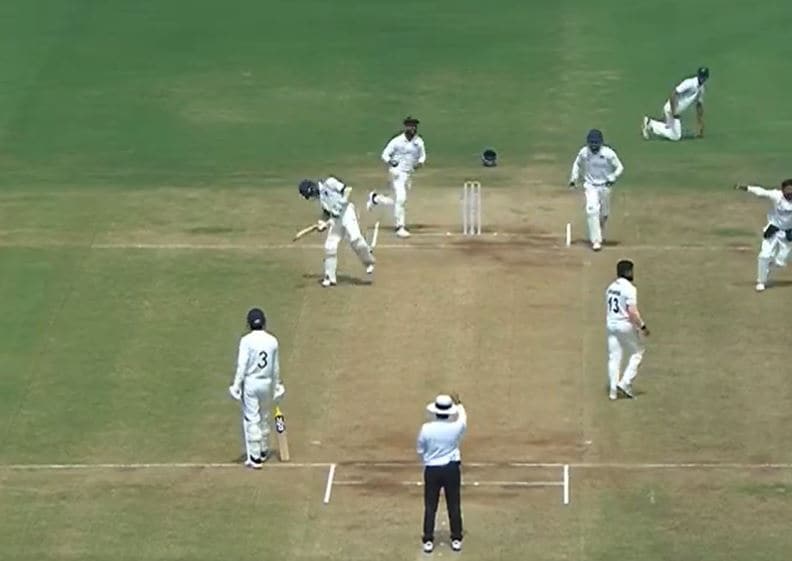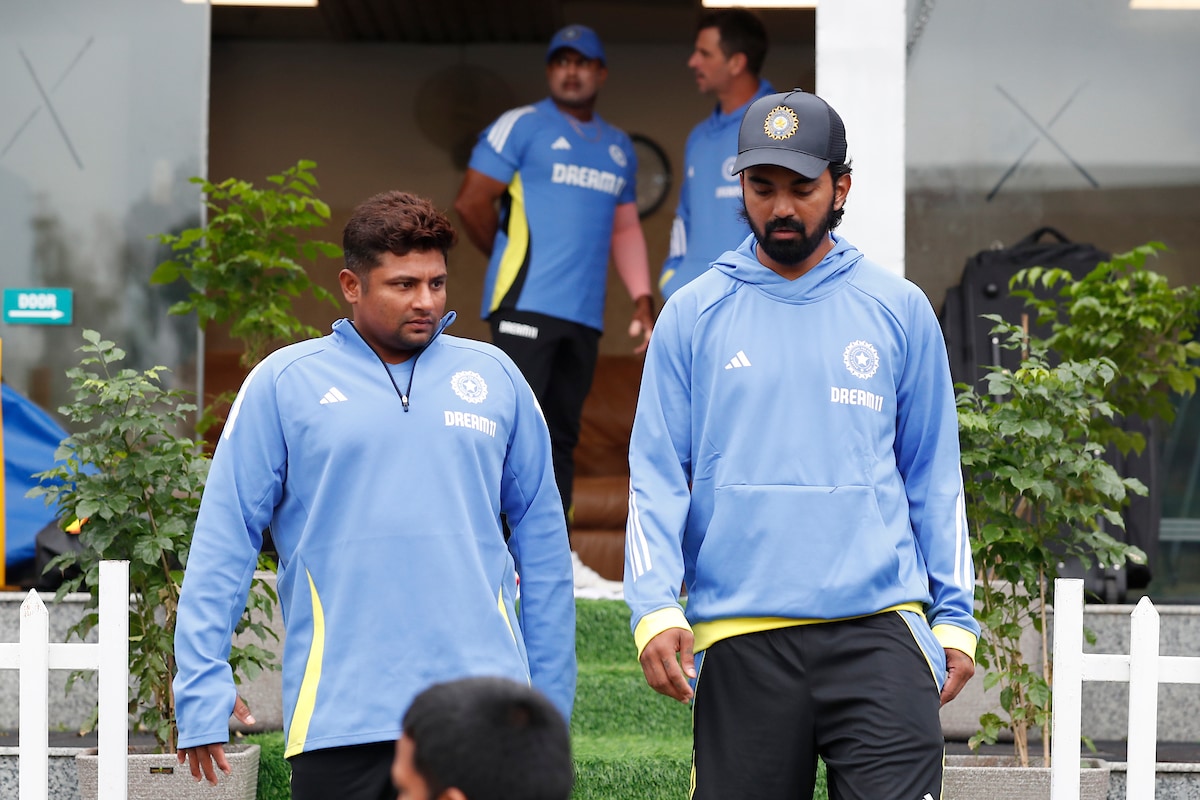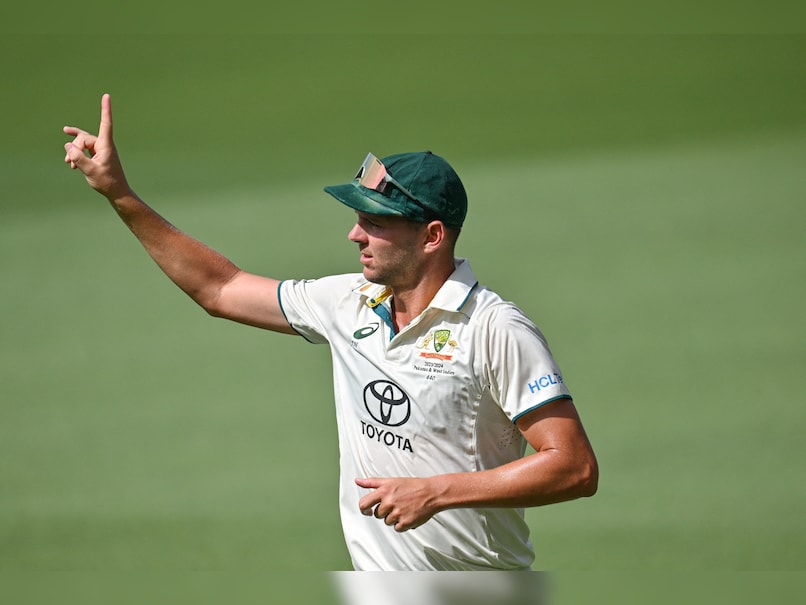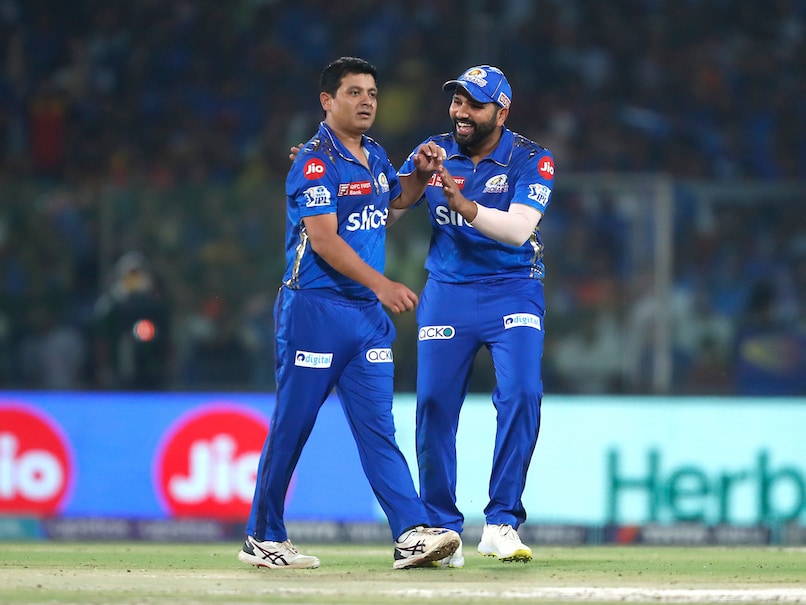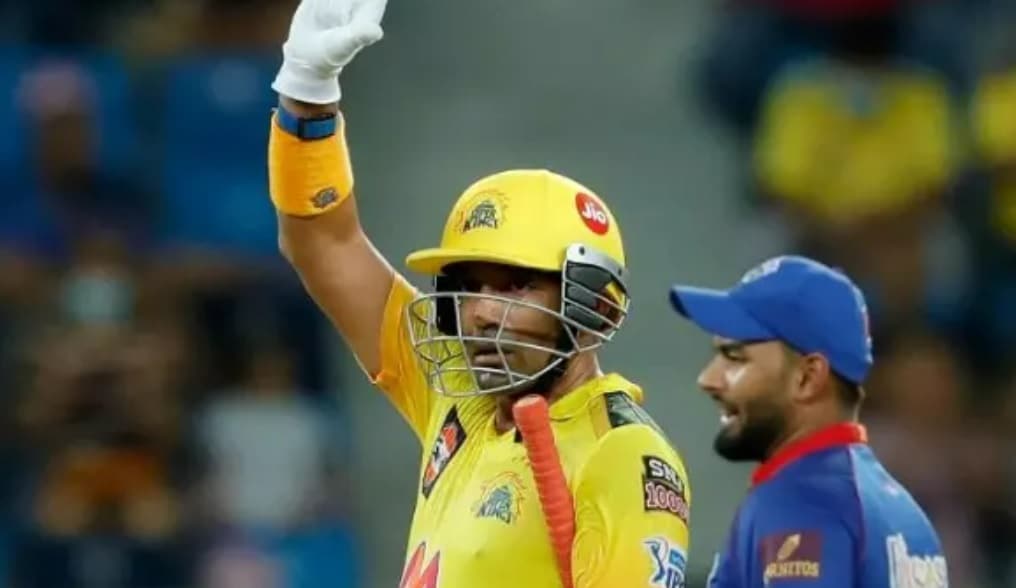Rafael Nadal, who announced his retirement at the age of 38 on Thursday, was not only the “king of clay” but also reigned on every other tennis surface as he accumulated 22 Grand Slam titles. He won his first major title at his first French Open, beating Mariano Puerta in the final two days after turning 19. He won his last, a 14th Roland Garros title, 17 years later. While he dominated on clay, he won all four majors. The eight Grand Slam titles he collected on other surfaces — four US Opens, two Wimbledons and two Australian Opens — would, on their own, tie for eighth overall in men’s tennis history.
He amassed titles despite playing in an era which also boasted Roger Federer and Novak Djokovic, tennis’s dominant “big three” for more a decade.
Nadal played with relentless athleticism, power and mental strength, a style that may have contributed to the injuries that pockmarked his later career. The left-hander also had the shots, notably a ferocious top-spin forehand.
Born on the island of Mallorca, Nadal started playing in his hometown of Manacor, focussing on tennis over football. He was coached by his uncle Toni Nadal from 2005 to 2017.
Nadal, said his uncle, played both forehand and backhand with two hands until he was about 10.
“When we started playing the forehand one-handed, he did so with the left. And that’s how it turned out. It is still astonishing.”
Another of his uncles, Miguel Angel Nadal, played professional football for Barcelona, with the sporting gene running in the family, although the tennis star supports Real Madrid.
Nadal turned professional at 14 and made his Wimbledon debut in 2003 at 17.
He won Roland Garros every year from 2005 to 2008, beating Federer in the last three of those finals.
The Swiss won when they met in the Wimbledon final in 2006 and 2007 but at the third time of asking Nadal he beat Federer on the London grass in an epic final in 2008. The following month he won gold at the Beijing Olympics.
Nadal won his first Australian Open in 2009, against Federer again — his opponent for seven of his first eight Grand Slam finals.
Career Golden Slam
In 2010, arguably his peak, Nadal became the first male player to win Grand Slams on three different surfaces in a single year, beating Djokovic at the US Open to complete the career Golden Slam of the four majors and the Olympic title.
The only other man to achieve that feat is Andre Agassi.
Showing remarkable mental resilience to escape desperate situations, drawing on endless stamina and lethally picking off opponents with his powerful, precise forehand, Nadal was an unforgiving machine.
Between 2005 and 2007 he went on a record 81-match winning streak on clay, eventually snapped by Federer in Hamburg.
During that time Nadal won 13 consecutive titles on clay.
Between 2005 and 2014 Nadal won the French Open every year, except for 2009, when he was beaten by eventual runner-up Robin Soderling.
Nadal continued to shine in his later years despite injury problems, winning the Australian and French Opens in 2022.
He also reached the Wimbledon semi-finals that year but was forced to pull out with an abdominal issue.
“The older he has got, the more willing he has been to change his game,” said Swedish seven-time Grand Slam champion Mats Wilander in May 2022.
Nadal spent the vast majority of the 2023 season injured or recovering from surgery as Djokovic passed the Spaniard’s record of 22 Grand Slams by winning the French Open.
Life in the tennis pantheon was never a priority for Nadal.
“The important legacy is that all the people I have met during these 20 years have a good human memory of me,” he said.
“At the end of the day, the personal issue, education, respect and the affection you can treat people with comes before the professional issue, because that is what remains.”
Topics mentioned in this article

